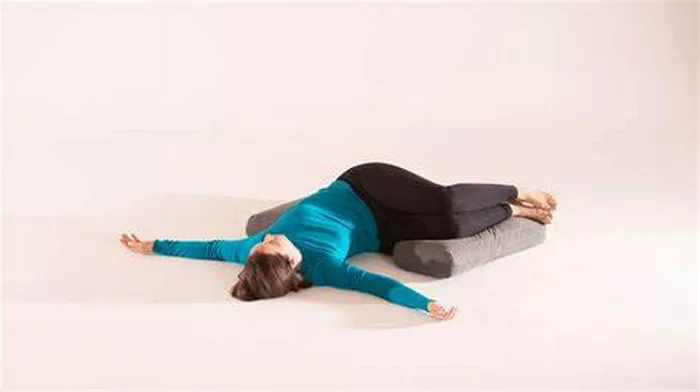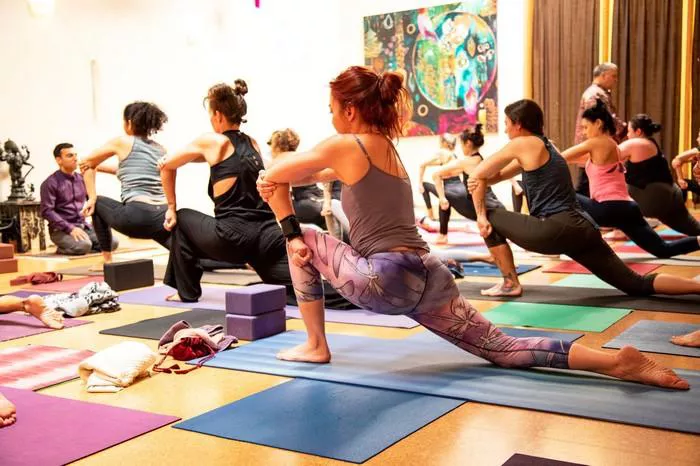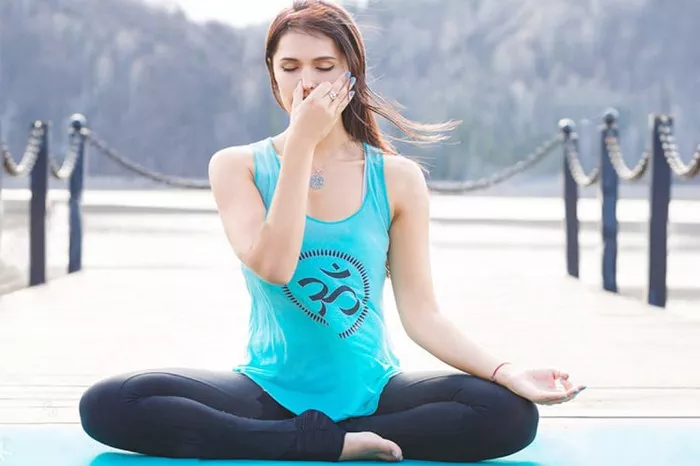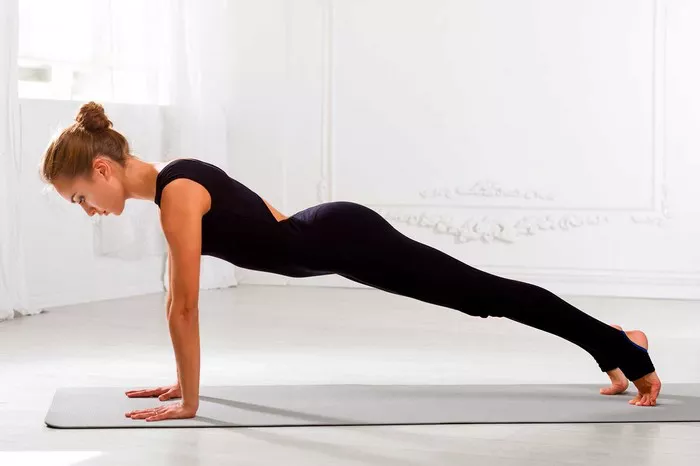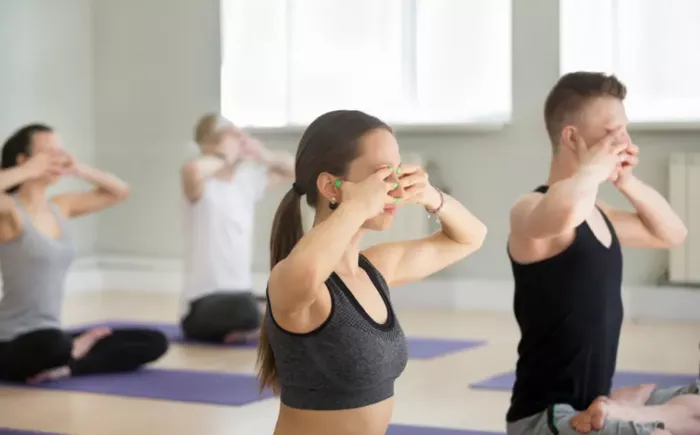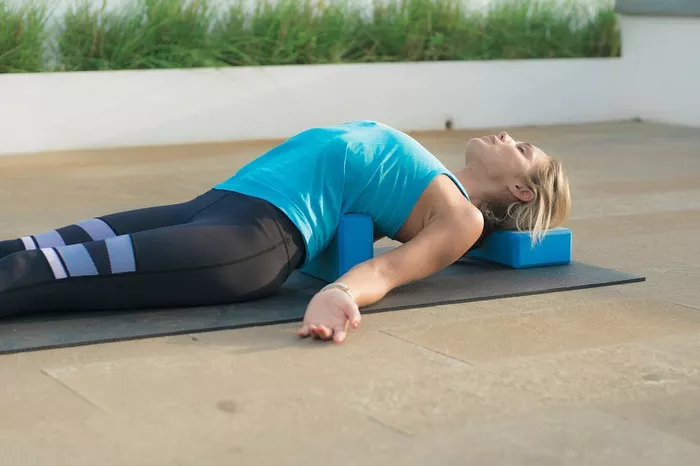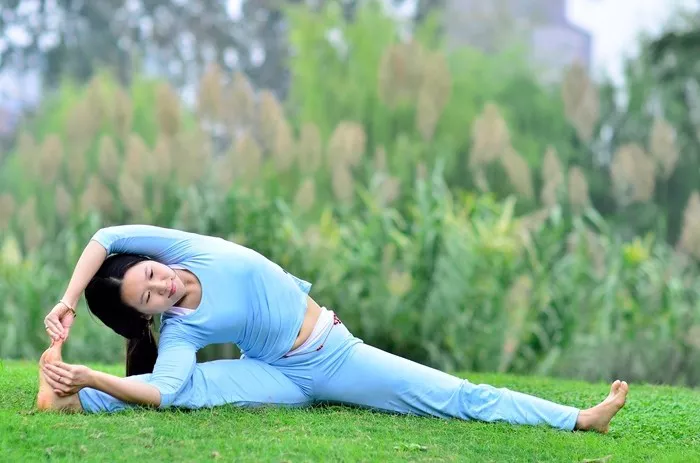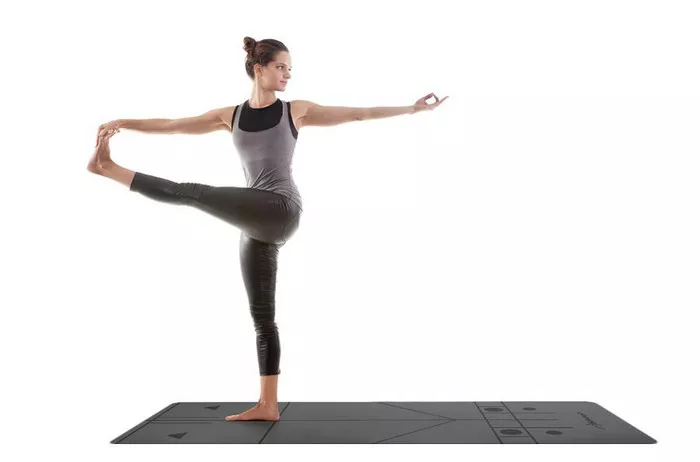Restorative yoga is a gentle yet profoundly effective practice that prioritizes relaxation and rejuvenation. In today’s fast-paced world, where stress and tension seem to be constants, incorporating a restorative yoga sequence into your routine can offer much-needed solace and restoration. In this article, we’ll explore a comprehensive 60-minute restorative yoga sequence designed to promote deep relaxation, release tension, and cultivate a sense of inner peace.
1. Setting the Stage: Preparing for Restorative Practice (5 minutes)
Before diving into the sequence, it’s essential to create a conducive environment for relaxation. Find a quiet space where you won’t be disturbed, dim the lights, and gather any props you may need, such as bolsters, blankets, and blocks. Settle into a comfortable seated position, close your eyes, and take a few moments to connect with your breath, allowing yourself to arrive fully in the present moment.
2. Supported Child’s Pose (5 minutes)
Begin your practice with Supported Child’s Pose, a deeply comforting posture that gently stretches the back, shoulders, and hips while promoting a sense of surrender and release. Place a bolster or folded blanket lengthwise on your mat and kneel in front of it. Slowly lower your torso onto the bolster, allowing your forehead to rest comfortably on the support. Extend your arms alongside your body or place them on the floor in front of you, palms facing down. Close your eyes and breathe deeply into your back body, feeling a sense of grounding and relaxation wash over you.
3. Supported Supta Baddha Konasana (10 minutes)
Next, transition into Supported Supta Baddha Konasana, a restorative variation of the classic reclining bound angle pose. Lie back on your mat with your knees bent and the soles of your feet together, allowing your knees to fall open to the sides. Place a bolster or several folded blankets lengthwise behind your spine, supporting your entire torso from tailbone to head. You may also choose to place additional props under your knees for added support. Close your eyes, soften your breath, and allow your body to melt into the support beneath you, releasing any tension held in the hips, groin, and lower back.
4. Supported Bridge Pose (5 minutes)
From Supported Supta Baddha Konasana, gently transition into Supported Bridge Pose to gently open the chest and front body while releasing tension in the back. Slide the bolster or blankets out from underneath you and bend your knees, planting your feet hip-distance apart on the mat. Press into your feet as you lift your hips off the ground, sliding a block or bolster underneath your sacrum for support. Allow your arms to rest alongside your body with palms facing up, or experiment with different arm variations to find what feels most comfortable for you. Close your eyes and breathe deeply into the front body, feeling a sense of expansion with each inhale and surrender with each exhale.
5. Legs-Up-the-Wall Pose (10 minutes)
Legs-Up-the-Wall Pose is a deeply restorative inversion that encourages relaxation, relieves tension in the legs and lower back, and promotes healthy circulation. Sit sideways against a wall with your hip and shoulder touching the wall, then gently pivot your body so that your legs extend up the wall and your torso lies flat on the floor. You may choose to place a folded blanket or bolster under your hips for added support. Allow your arms to rest by your sides or place them on your belly or heart center for a grounding effect. Close your eyes, soften your gaze, and surrender to the gentle pull of gravity as you melt into the support of the earth beneath you.
6. Supported Reclining Twist (10 minutes)
After releasing tension with Legs-Up-the-Wall Pose, gently come out of the inversion and transition into Supported Reclining Twist to gently wring out tension from the spine while promoting relaxation and detoxification. Lie on your back with your knees bent and feet flat on the floor. Shift your hips slightly to the right as you extend your arms out to the sides in a T position, palms facing down. Using your core strength, guide your knees to the left, allowing them to come to rest on a bolster or stack of blankets. Turn your gaze to the right and close your eyes, breathing deeply into the twist and feeling a sense of release with each exhale. After several breaths, gently switch sides to ensure balance in the body.
7. Supported Savasana (10 minutes)
No restorative yoga practice would be complete without Savasana, or Corpse Pose, a deeply relaxing posture that allows for integration and assimilation of the benefits of your practice. Lie on your back with your legs extended and feet hip-distance apart, arms resting by your sides with palms facing up. Place a bolster or folded blanket under your knees for added support, allowing your entire body to surrender to the earth beneath you. Close your eyes, soften your breath, and let go of any lingering tension or effort. Allow yourself to be held and supported by the earth, knowing that you are safe, grounded, and deeply nourished.
8. Closing Meditation (5 minutes)
As your restorative yoga practice comes to a close, take a few moments to seal in the benefits and reflect on your experience. Sit comfortably in a cross-legged position or any other seated posture that feels supportive to you. Close your eyes and bring your attention to your breath, noticing the natural ebb and flow of each inhale and exhale. Take this time to express gratitude for yourself and your practice, acknowledging the effort you’ve put forth and the nourishment you’ve received in return. When you feel ready, gently flutter your eyes open and carry the sense of peace and relaxation you’ve cultivated throughout the rest of your day.
Conclusion
Incorporating a 60-minute restorative yoga sequence into your routine can be a powerful way to prioritize self-care, release tension, and cultivate a deep sense of inner peace and well-being. By dedicating time to nurture and replenish yourself, you can navigate life’s challenges with greater ease and resilience, knowing that you have the tools to find calm amidst the chaos. So, roll out your mat, gather your props, and allow yourself to surrender to the healing power of restorative yoga.

